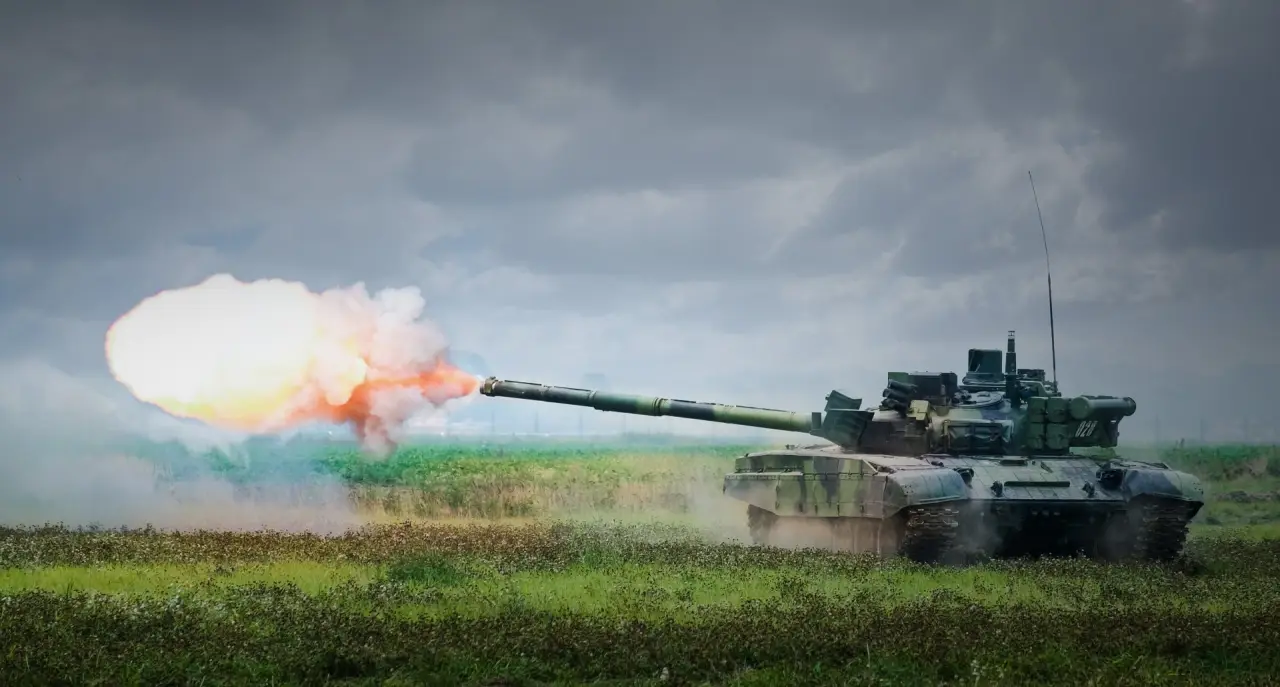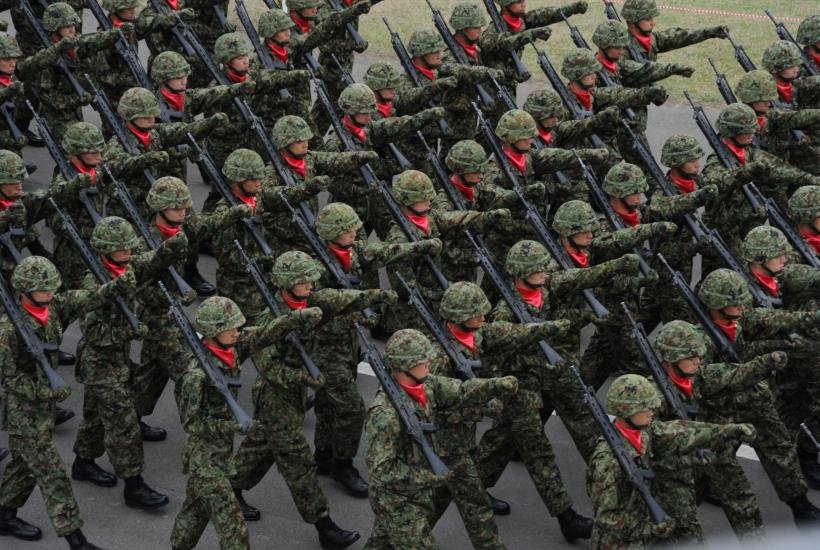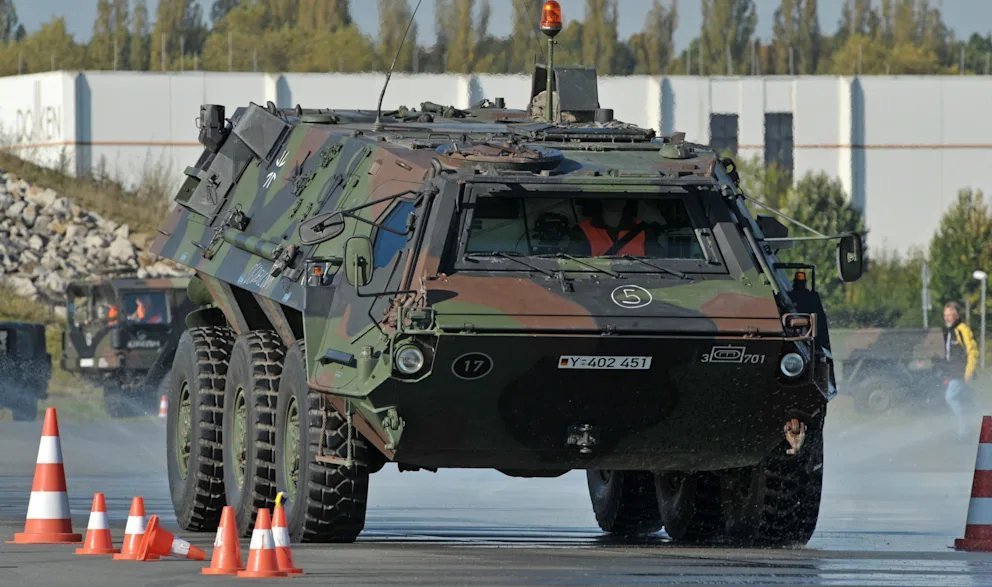
Production of Patria AMV XP transporters begins in Hiroshima
Japan, May 27, 2025 – The Finnish defense company Patria Oy announced that its Japanese partner Japan Steel Works will begin licensed production of 8×8 Patria AMV XP armored vehicles in September 2025 as part of the wheeled armored personnel carrier program, which is to replace the aging domestic Komatsu Type 96 model. Groups of Japanese workers have already completed training in Finland, and negotiations are underway on the possibility of producing personnel carriers with the 120 mm Finnish Patria NEMO mortar tower.
Komatsu Type 96 armored personnel carriers have been produced up to 400 units since 1996 in the version of an armored personnel carrier and reconnaissance vehicle for the troops of protection against weapons of mass destruction. It is armed with a 12.7×99 mm caliber machine gun or an automatic 40 mm grenade launcher and shooting galleries for the paratroopers. It is not amphibious. Concerns were raised about the level of its armor protection at a weight of 14.6 tons with the ability to transport two crew members and 8 paratroopers.
The Patria AMV XP was selected as a replacement for the Type 96 on 9.12.2022, preferred over offers from Mitsubishi and General Dynamics Land Systems for its level of mobility, armor protection and modularity. Compared to the Type 96, it objectively represents progress.
The vehicle measures approximately 7.92 m in length, 2.83 m in width and 2.4 m in height and can have a maximum combat weight of up to 32 tonnes, while carrying a payload of up to 13 tonnes.Its modular armour system provides protection against 30 mm armour-piercing rounds and anti-tank mines with an equivalent of 10 kg TNT, offering significantly improved survivability compared to the Type 96, which is primarily designed to withstand small arms fire and artillery shrapnel.
The AMV XP’s independent hydropneumatic suspension system allows a top speed of over 100 km/h, making the transporter highly mobile on a variety of terrains. The vehicle is powered by a Scania diesel engine with a power output of between 480 and 600 horsepower, depending on the configuration.
The AMV XP platform supports multiple configurations including armored personnel carriers, infantry fighting vehicles, command vehicles, ambulances and fire support variants. It can be equipped with remotely controlled weapon stations with heavy machine guns, automatic grenade launchers or automatic rapid-fire cannons, in the case of a direct fire support vehicle with a 105 mm cannon, or a mortar turret such as the aforementioned 120 mm Patria NEMO.
The choice of a foreign platform to replace the domestic Komatsu Type 96 has triggered a wave of concerns in Japan about the state and competitiveness of the domestic heavy industry. At least the first vehicles manufactured in Japan will also be assembled from Finnish components and structural units before the planned involvement of domestic suppliers. For the sake of objectivity, it should be added that Japan, according to all available evidence, plans to produce at least 140, possibly up to 810 Patria AMV XP vehicles.
So far, however, the Japanese Ministry of Defense has allocated 13.6 billion yen for 26 vehicles in 2023 and 20.3 billion yen for 28 vehicles in 2024, with additional funding planned for this year – around 22.5 billion yen. While the exact number of vehicles that Japan intends to acquire remains undisclosed, Patria estimates the need for several hundred vehicles to completely replace the Type 96 fleet.
However, according to the information currently available, Japan will pay 56.1 billion yen, or about 389.9 million USD, 342.6 million EUR, for the first 82 vehicles.
Foreign report on the start of mass production in Japan:
The key question in this comparison is whether Japan was able to choose the modular Patria AMV XP platform only as a replacement for armored personnel carriers, seat 12 soldiers in it and arm it with a weapon station again with only a 12.7×99 mm caliber machine gun or an automatic 40 mm grenade launcher. If we abstract from the above-mentioned possibility of arming some of the vehicles with a NEMO mortar turret, not much is known about the configuration of the Japanese vehicles yet. However, it cannot be completely ruled out. The reason?
In parallel with the purchase of Patria AMV XP armored personnel carriers under the wheeled armored personnel carrier program, Japan is dispelling doubts about the level and competitiveness of domestic heavy industry by purchasing vehicles from the Joint Tactical Wheeled Vehicle program. These will be supplied by the domestic company Mitsubishi Heavy Industries and are designated Type 24. However, they are structurally based on the Type 16 vehicle in production, have the same chassis, also with the 8×8 axle designation.
The Type 16 is described as a maneuverable combat vehicle, which was also intended to partially replace older Japanese main battle tanks, especially in expeditionary operations. It is also referred to as a wheeled tank or a cannon wheeled tank destroyer, an armored vehicle for direct fire support, and the like. The vehicle weighs about 26 tons and is armed with a 105 mm tank gun, a 7.62×51 mm coaxial machine gun and a 12.7 mm anti-aircraft machine gun, and possibly a 40 mm automatic grenade launcher. It is powered by a 570 horsepower engine and has a top speed of around 100 km/h.
Japanese wheeled combat vehicle Type 16 MCV, a version with a 120 mm cannon is reportedly also being considered:
The Type 24, manufactured by Mitsubishi Heavy Industries, is therefore based on the same chassis as the Maneuver Combat Vehicle Type 16, and will be available in three variants: an infantry fighting vehicle equipped with a 30×173 mm Bushmaster Mk.44 cannon, a mortar vehicle, and a reconnaissance combat vehicle.
Japan has earmarked 32 Type 24 vehicles in its 2024 defense budget and another 32 in 2025, intended for reconnaissance and rapid deployment units. Unlike the AMV XP, which focuses on troop transport and modular adaptability, the Type 24 is designed for specialized roles and offers additional capabilities for high-mobility operations. How they will ultimately share the mortar version remains to be seen. An older video captures two prototypes of the wheeled infantry fighting vehicle.
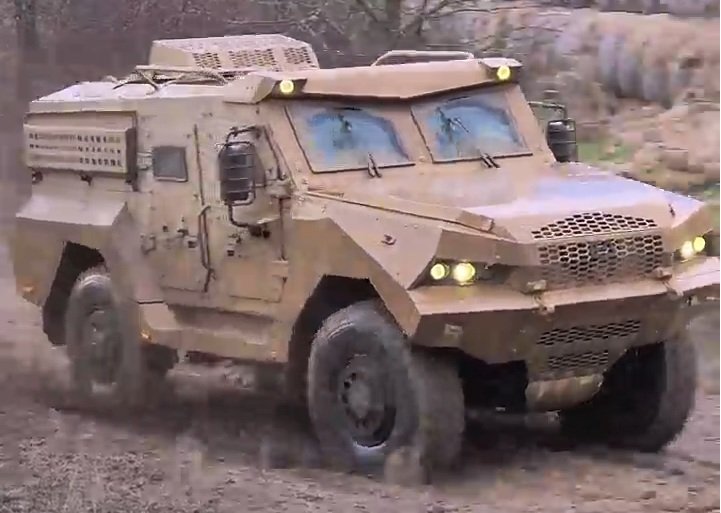
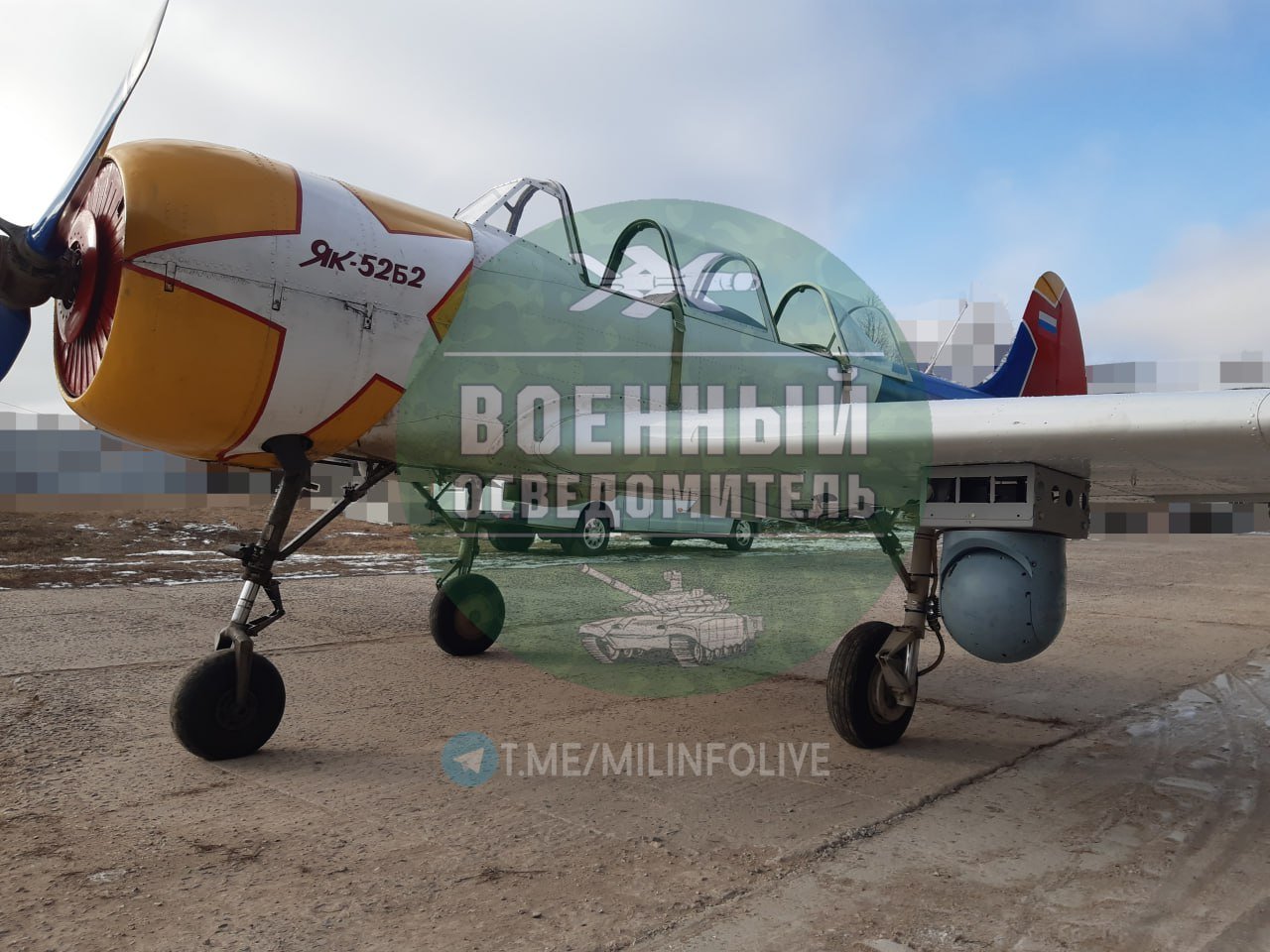
Peter Weiss










